
cazalea
[Seiko Moderator]
17046

Watch Crystal Materials
At the request of a regular WPS reader, I did some research on the various materials used to create Watch Crystals or Watch Glasses (archaic term).
A Watch Crystal covers the dial of the watch, functioning as a Windshield or Windscreen.
- Watch Crystals are Not to be Confused with quartz crystals, which are used inside an electrical movement to generate a time signal for the stepper motors that move the hands.
- Watch Crystals are Not to be Confused with Jewels, Rubies, Diamonds and Ceramics used as low-friction bearings for rotating parts of the watch.
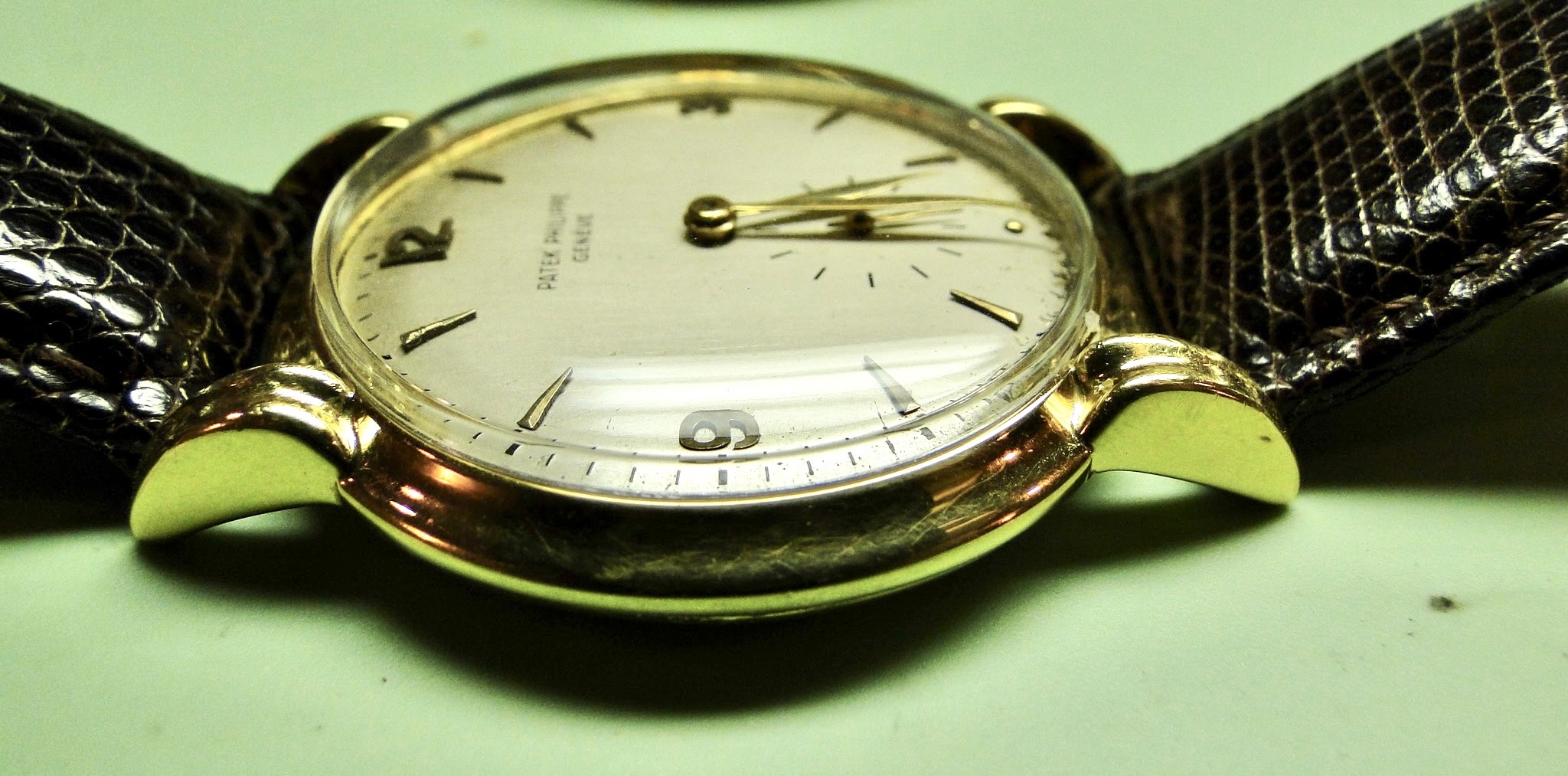
Why the name Crystal?
Some of the first crystals used in watchmaking were polished quartz crystal, a mineral of the quartz family that can be transparent.
Clear quartz is a transparent and colorless mineral structure composed of silicon and oxygen.
Small windows of rock crystals, cut and polished, were used in some early metal watch cases.
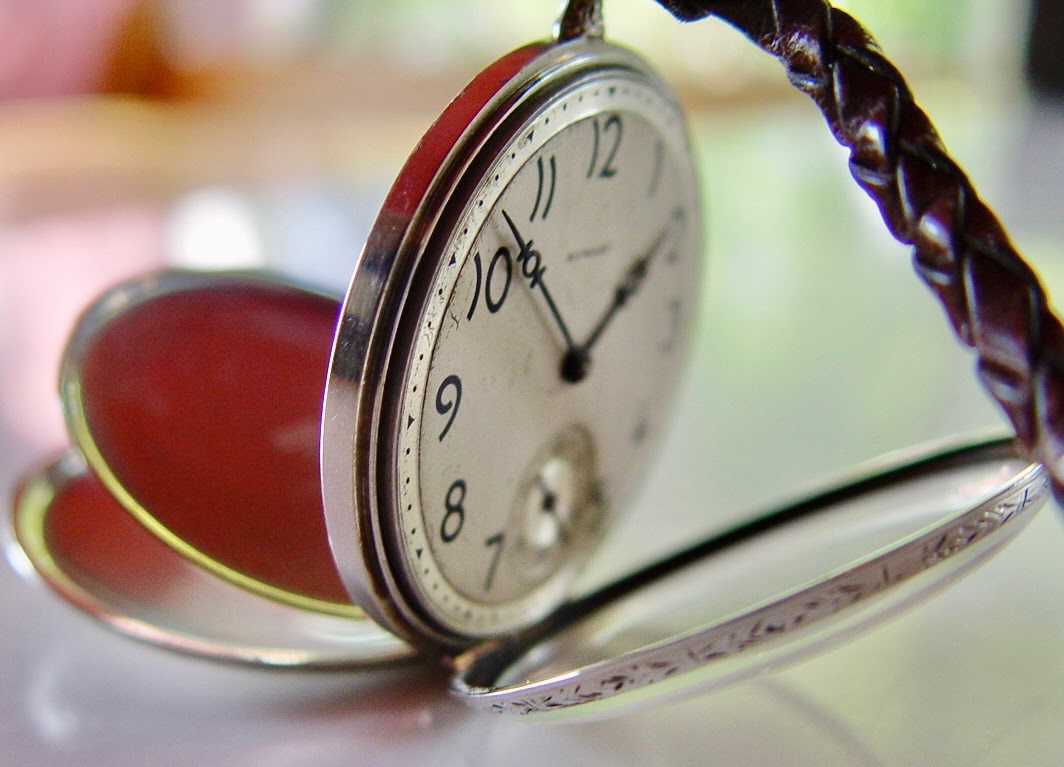
Requirements of a crystal
Ideal material is inexpensive, shatter-proof, scratch-resistant, thermally stable in size, transparent and non-reflective -- some of these traits are mutually-exclusive.
Crystals were made of glass, were often covered by a metal flap for protection ( "Hunter" case), or a grid of wires, as glass is both brittle and easily scratched.
Acrylic or plastic crystals were inexpensive and less likely to be broken compared to glass crystals but could be scratched easily.
As wristwatches began to supplant pocket watches about 100 years ago, even more durable crystals were needed.
Crystals must also be complementary to the styling of the watch, so able to be curved in one or more directions, given a magnifying "cyclops", tinted, beveled, etc.
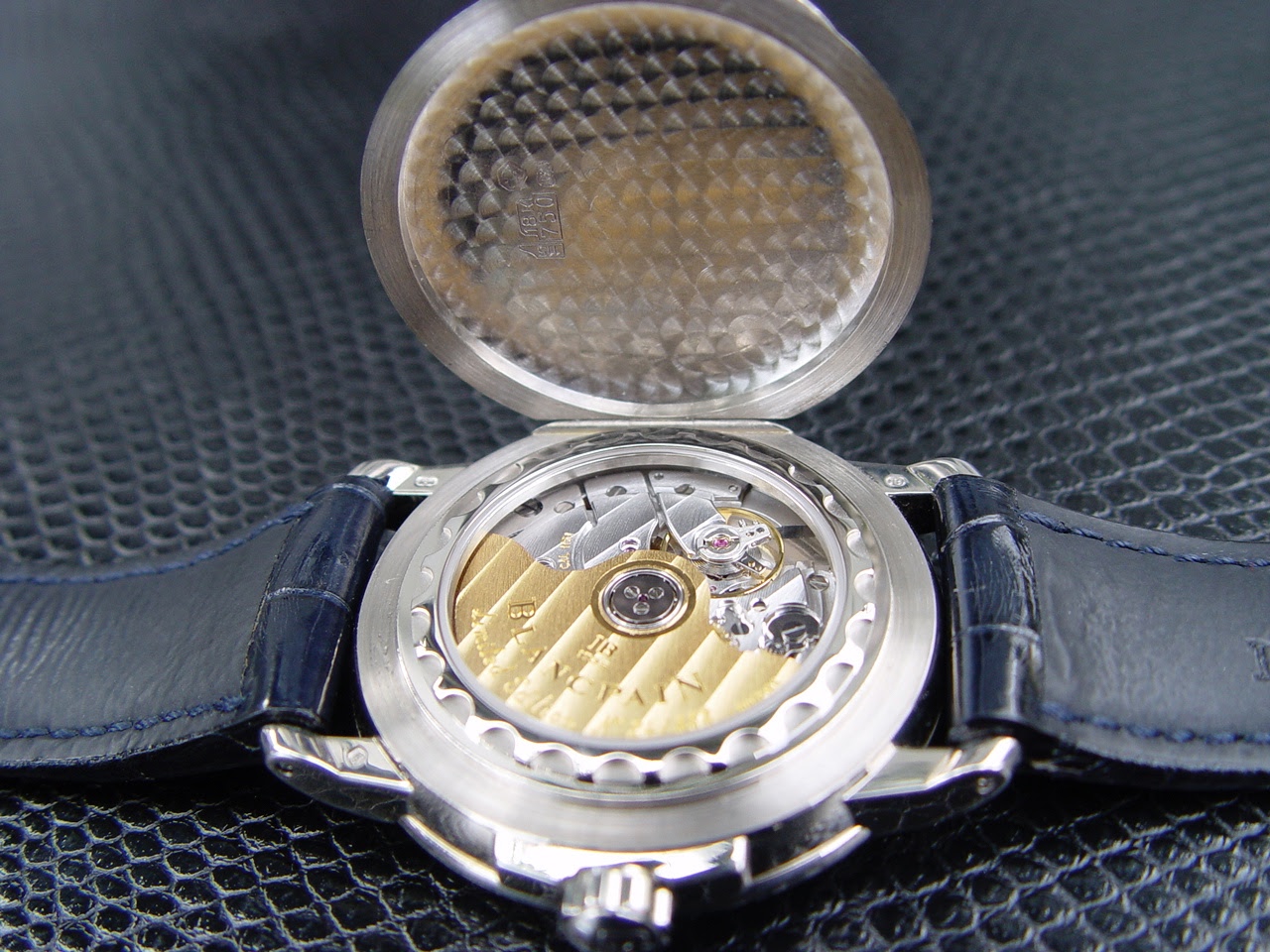
Mineral Crystal
Regular mineral crystal is "regular" glass that has been treated to be shatter-resistant and have an improved level of scratch-resistance. But not scratch-PROOF!
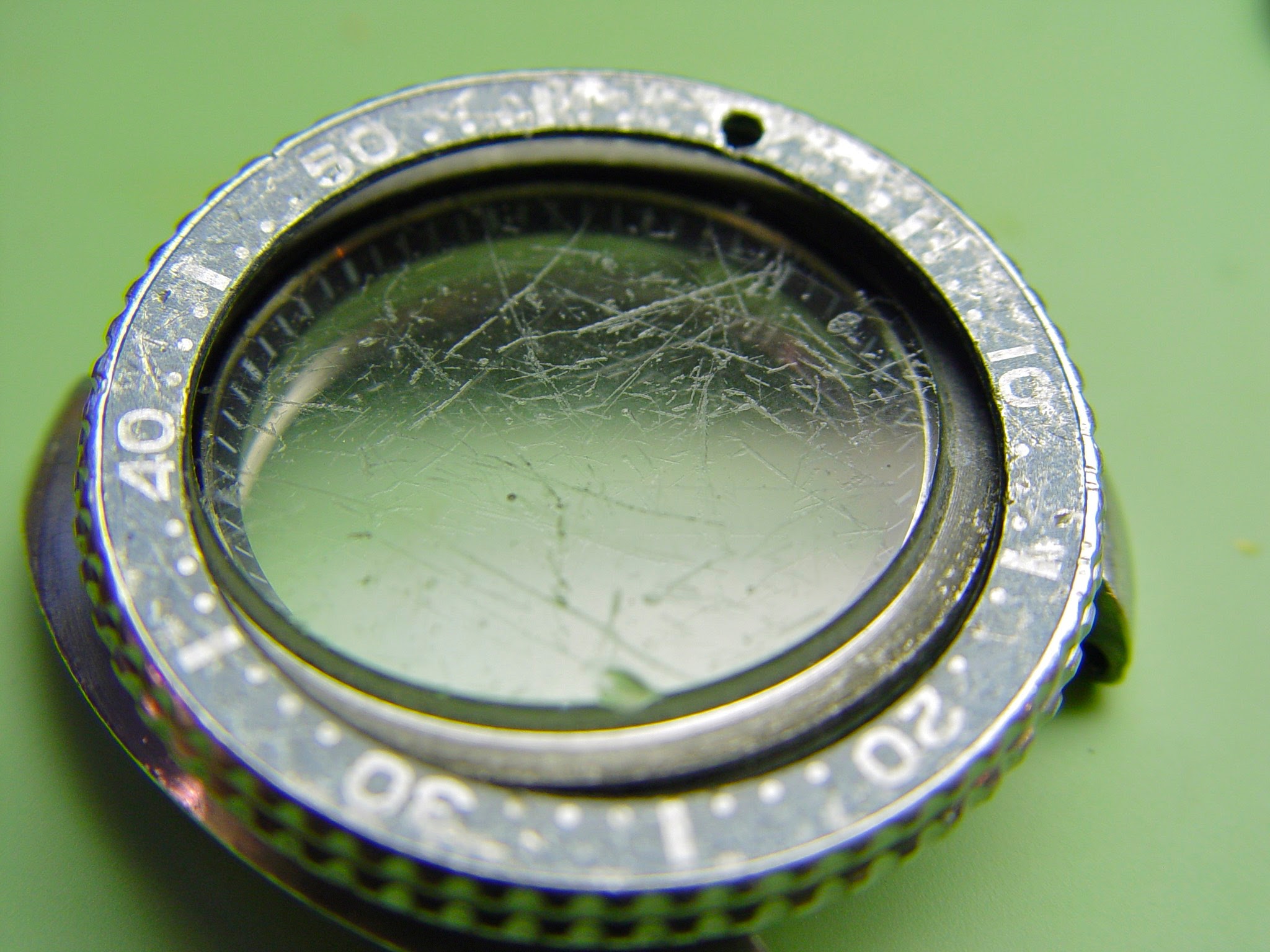
Hardlex Crystal?
Seiko makes Hardlex crystal using ordinary glass, chemically and heat treated to improve its scratch and shatter resistance.
Boron, a chemical element with a hardness of 9.5 on the Moh’s scale (diamond is a 10), is added to the surface of the glass to harden it.
This is the same coating companies like Pyrex use to harden glass measuring cups, bowls and other containers.
Seiko has been using Hardlex since 1970, and they registered the trademark for the name in 1980.
Hardlex is harder and more scratch-resistant than regular mineral crystal because of the added boron and proprietary heat treatment.
Hardlex and mineral crystals in general, are unlikely to shatter if chipped, and are naturally clear and less reflective.
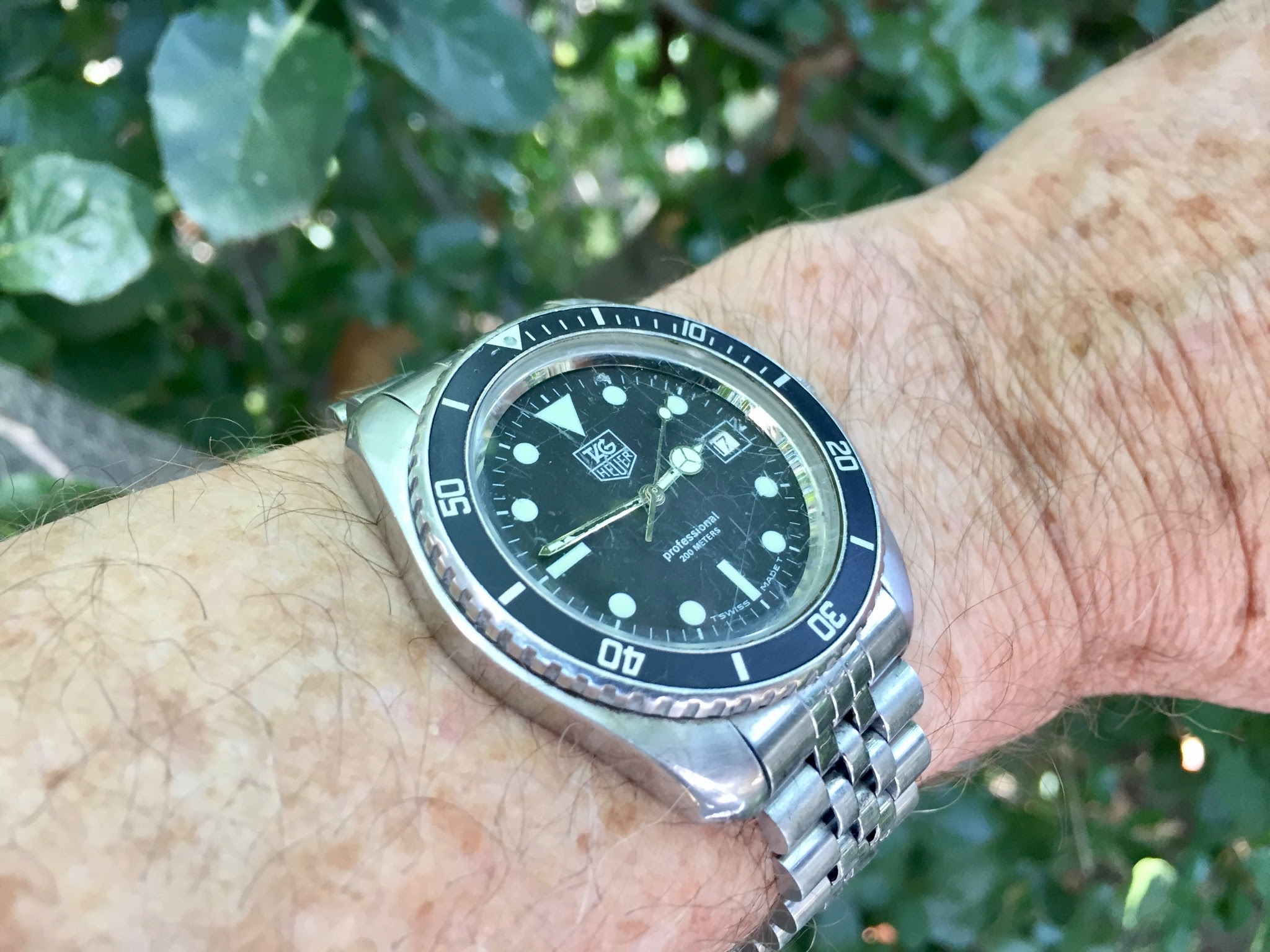
Acrylic Crystals
Acrylic crystal is plastic with a Mohs hardness rating of around 2 to 4.
Acrylic is inexpensive, lightweight, easy to shape, can be tinted, and is impact or chip-resistant.
Many names are used for this type of crystal: Plexiglass, Acrylite, Perspex, Lucite, Hesalite and Crylu
Although it scratches, Acrylic can be polished easily at home within a few minutes, unlike glass or sapphire crystals.
Acrylic crystals are inherently more flexible, better at accommodating hard impacts, and if struck may crack but still hold together, rather than shattering and falling into the watch.
Sapphlex Crystals
Sapphlex was an interim technology that Seiko developed before their sapphire production was reliable and cost-effective.
Sapphlex is essentially a mineral crystal with a sapphire laminate coating applied to the surface, to provide the scratch resistance of sapphire with the shatter resistance of a Hardlex crystal.
As production techniques improved, and sapphire could be produced reliably and relatively cheaply, Sapphlex became redundant.
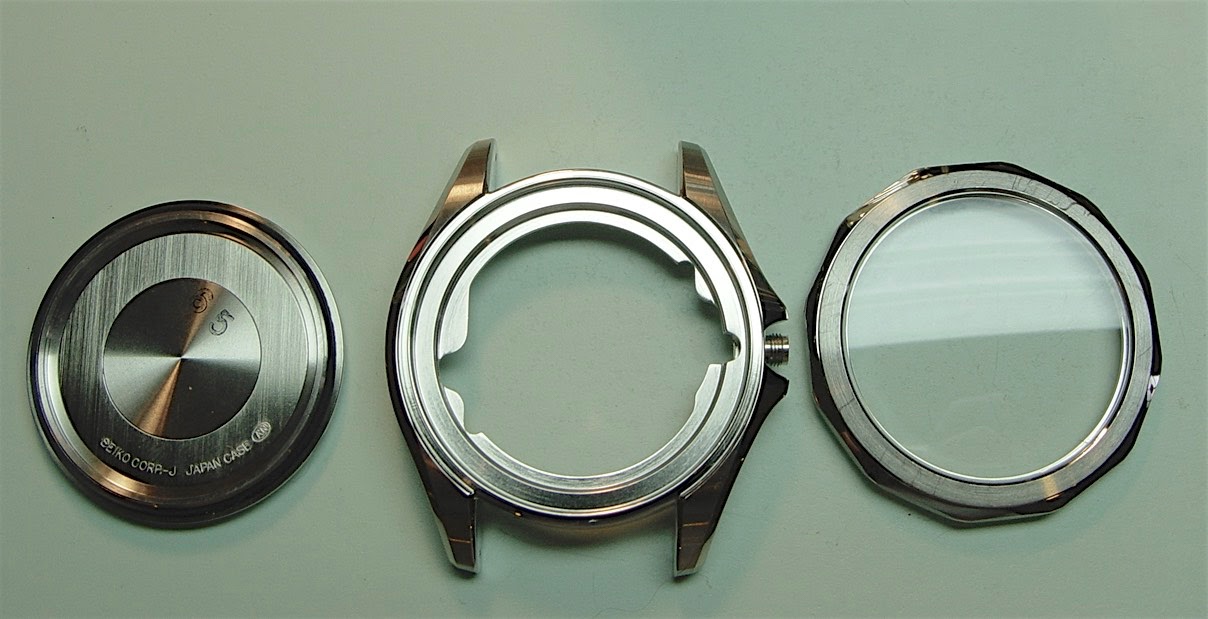
Sapphire Crystals
Sapphire is a laboratory-produced crystal; a transparent form of corundum, or aluminum oxide (Al2O3) developed by Auguste Verneuil, a French chemist
Sapphire glass sheets consist of superheated aluminum oxide powder, pressed into sheets under extreme pressure, then heat-treated again to remove internal stresses, cut to shape and polished.
Sapphire is used for its excellent hardness (9 on the Mohs scale) and premium scratch-resistance (far more so than Hardlex or mineral glass).
Sapphire is almost always treated with anti-reflective coating because its surface sparkles,reflects light, making it harder to see through.
Sapphire is relatively brittle compared to mineral and Hardlex glass and may shatter if chipped.
If a sapphire watch crystal shatters, the tiny, incredibly hard crystal shards may cause permanent marks on the dial, and always get into the movement, requiring the watch to be cleaned and serviced.
Sapphire is the “gold standard” and the most expensive crystal option.
Comments? Questions? Objections?
Cheers,
Cazalea
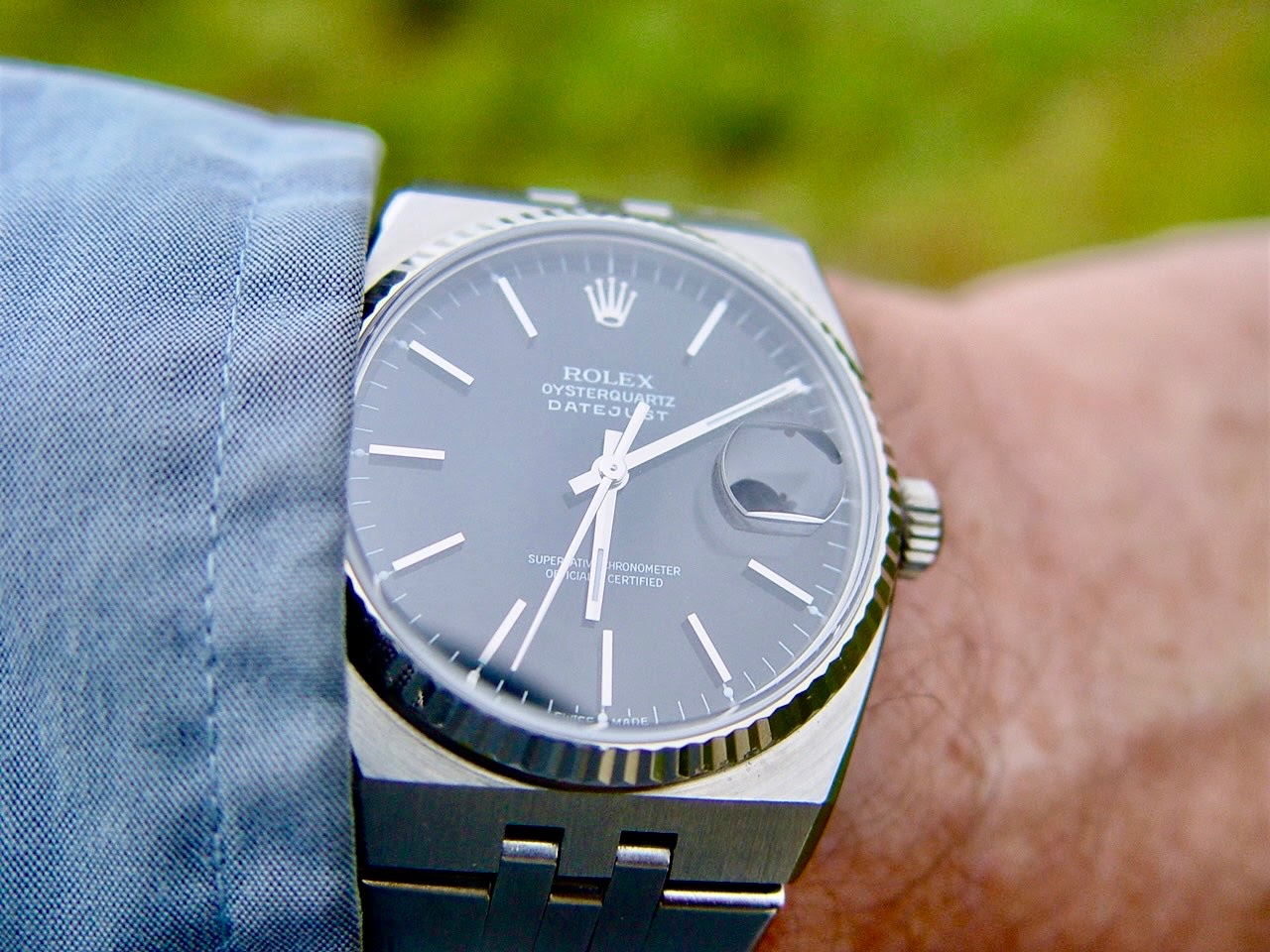
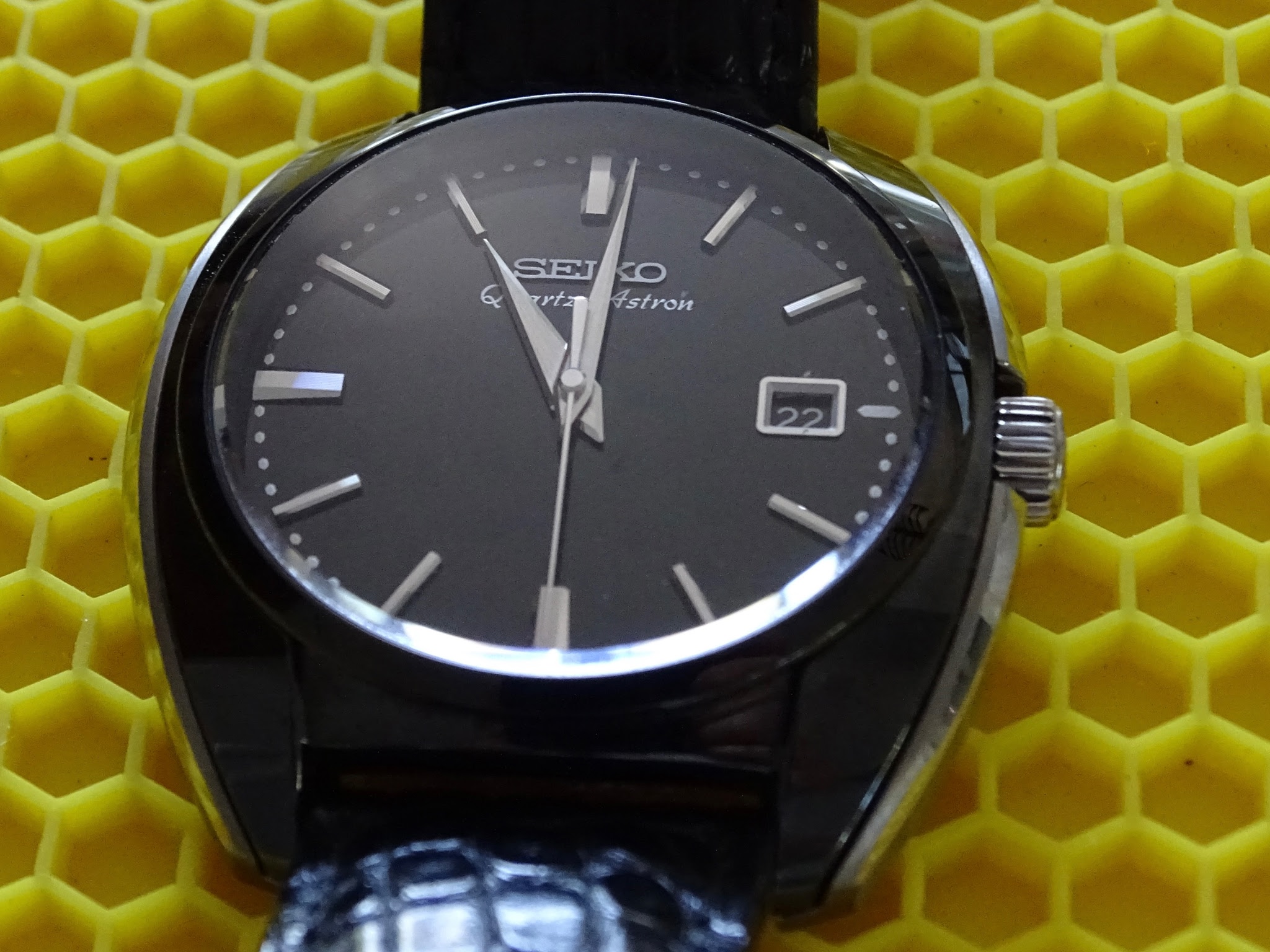
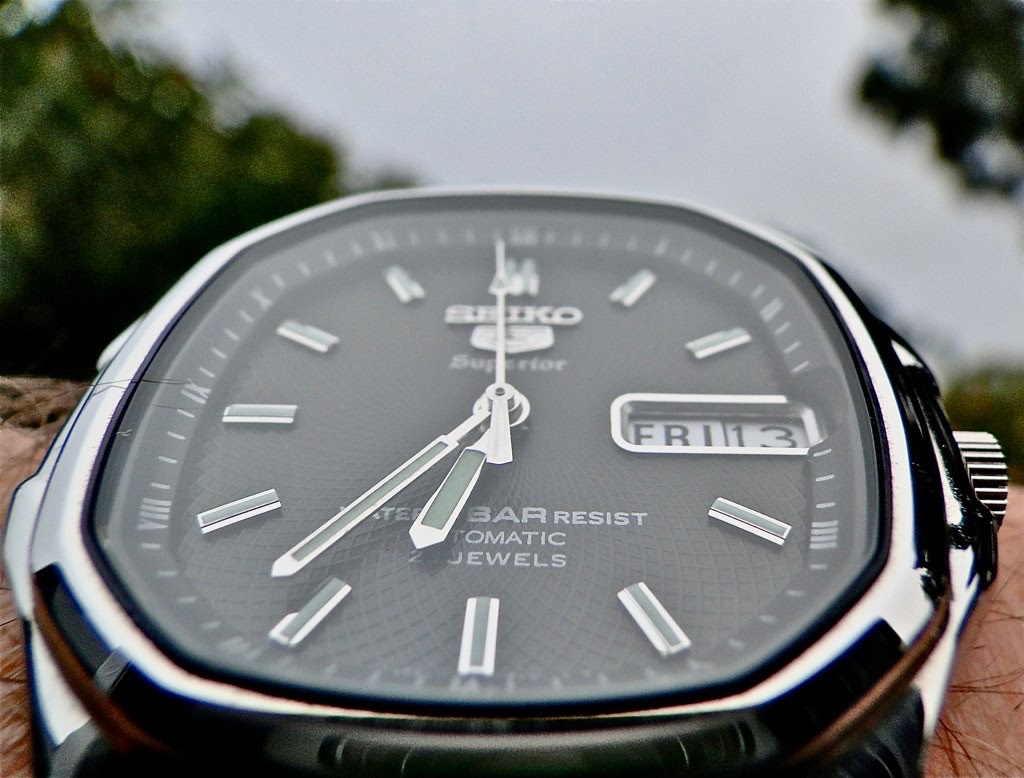
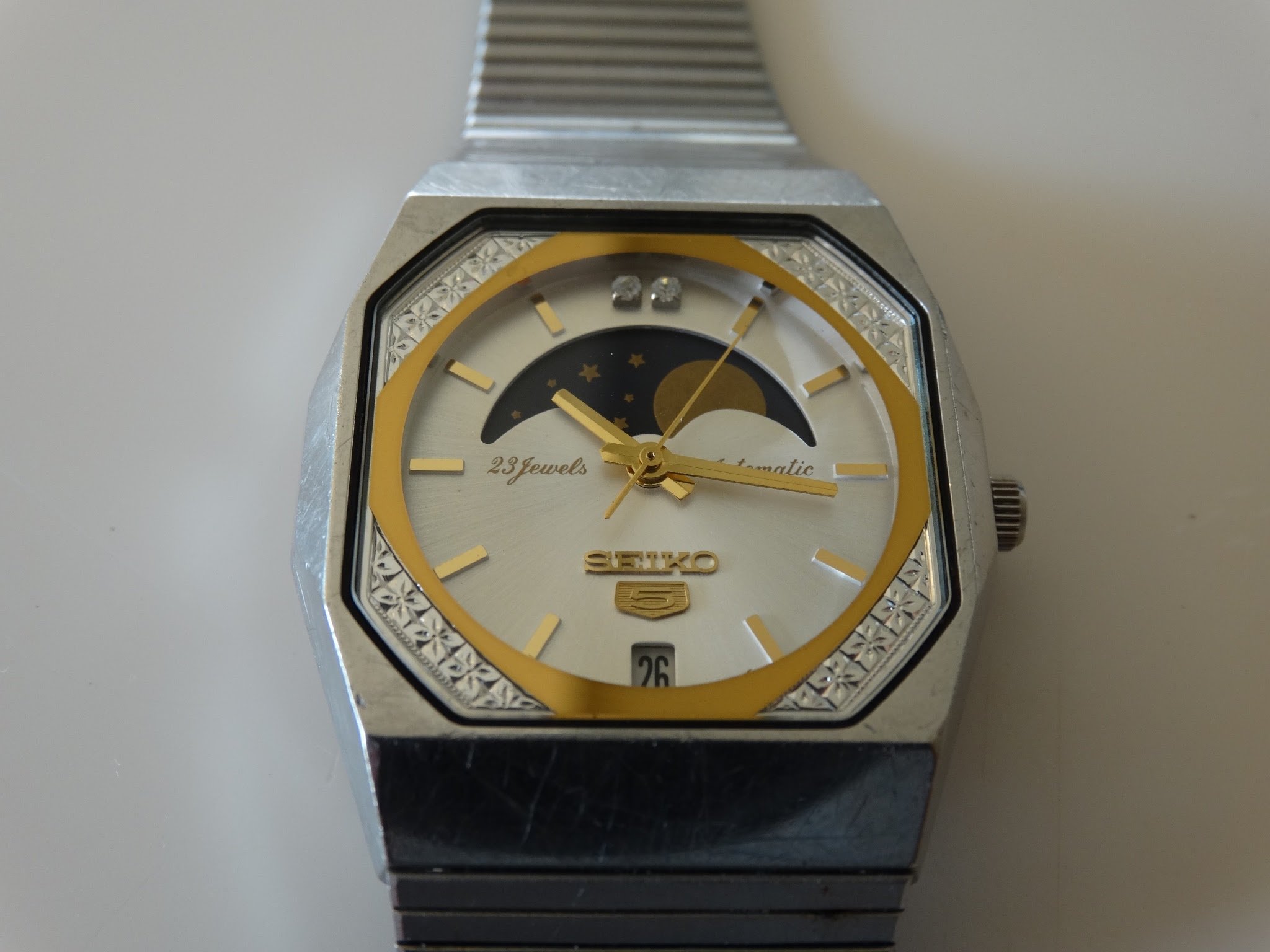
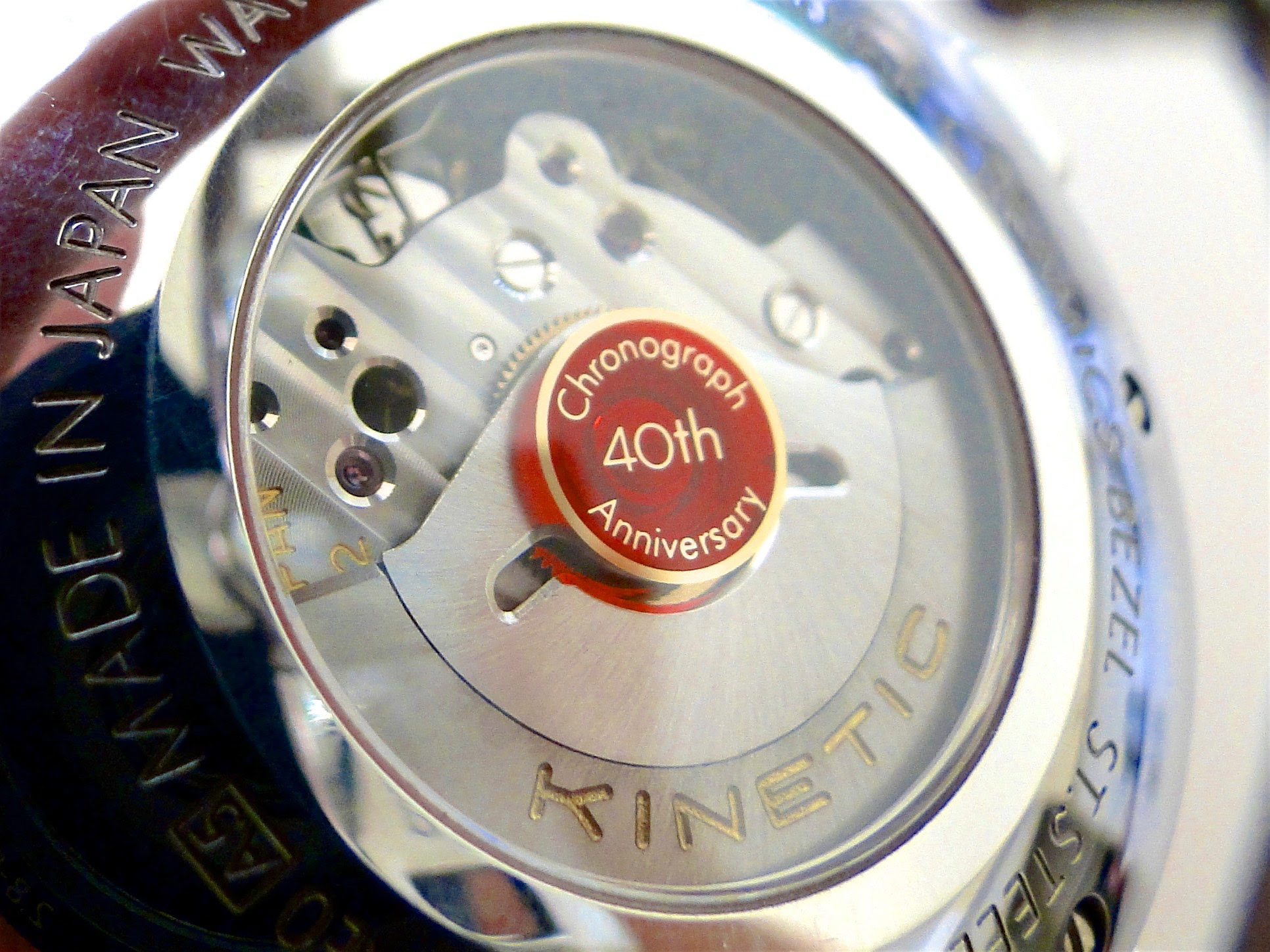
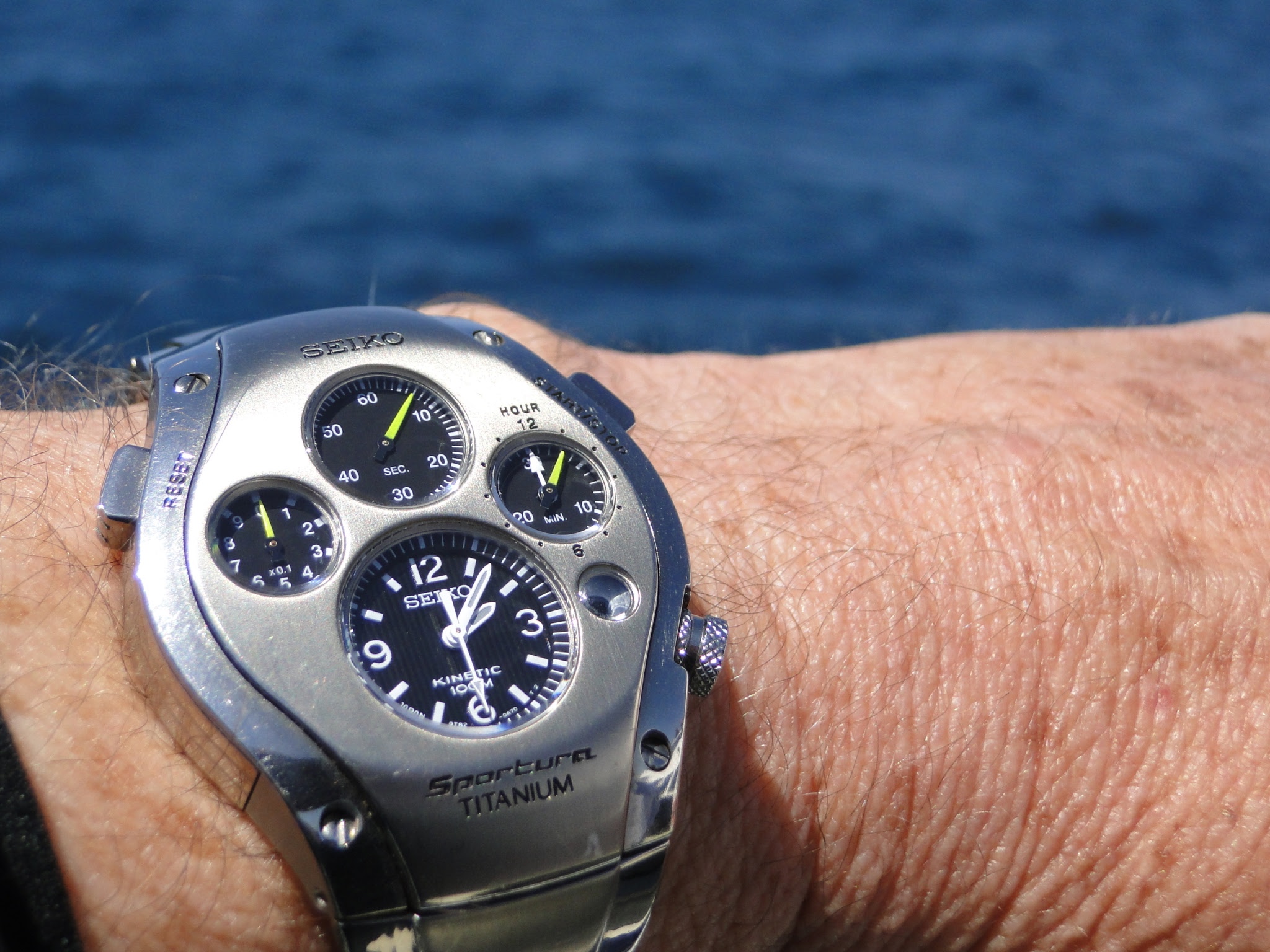
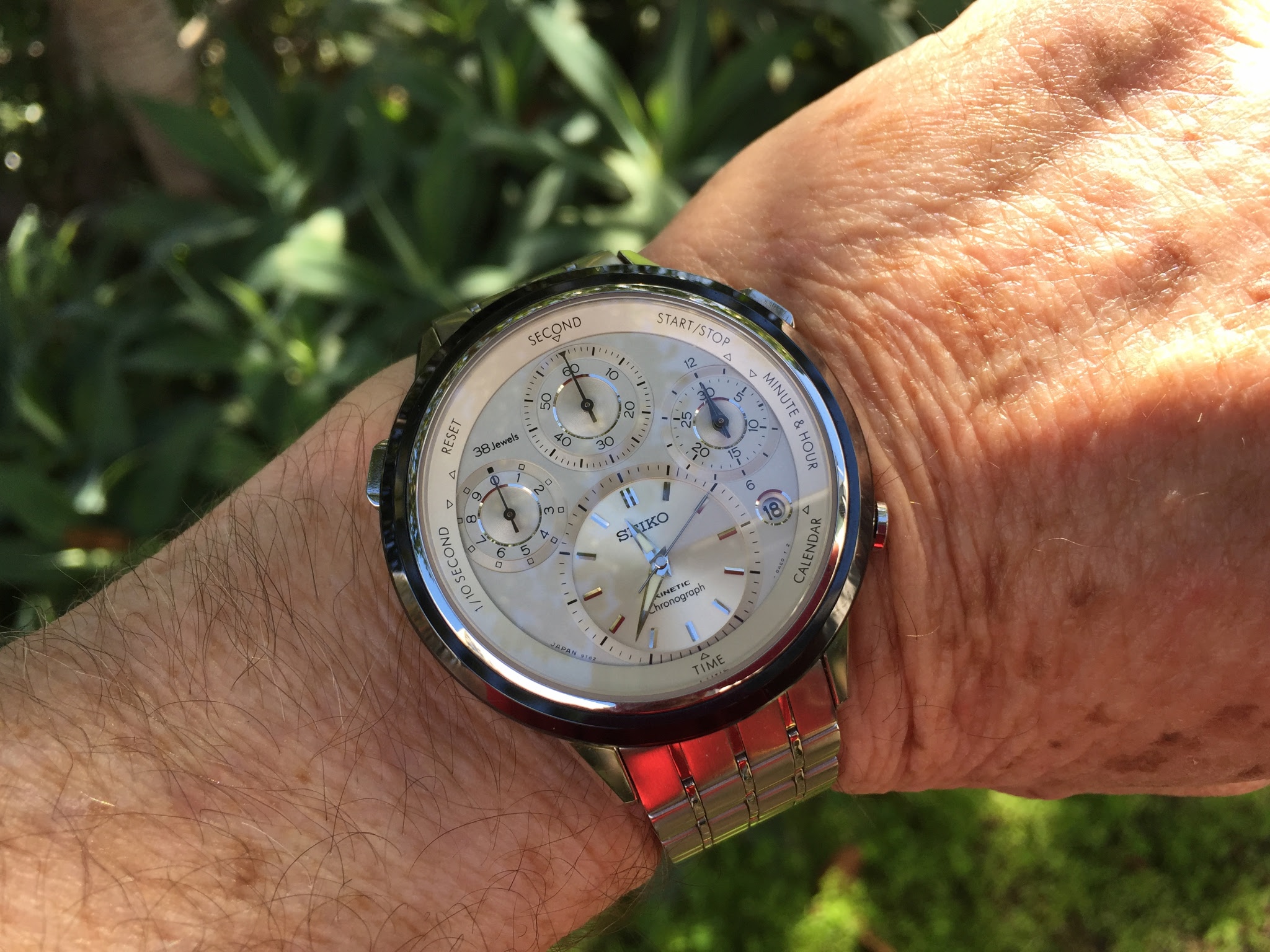

Watch Crystal Materials
At the request of a regular WPS reader, I did some research on the various materials used to create Watch Crystals or Watch Glasses (archaic term). A Watch Crystal covers the dial of the watch, functioning as a Windshield or Windscreen. Watch Crystals are...

Thank you so much dear Mine for a most thorough and interesting …
… post about this important subject. Have a nice Sunday!! Abel


Didn’t know Seiko had developed so many innovations for crystals
Great read +++ don’t forget acrylic Hesalite!

An additional discussion on watch crystals
In addition to the question of materials that a crystal is made from (or made of?), there is the issue of installation into the watch case, which is also material-specific . Plastic crystals are resilient / flexible, and they can be pressed into a case us...

Great insight into an unknown area of watch collecting. Thank you Mike
And yes most of us have lost a crystal or two due to cracking it whilst trying to insert the new crystal Julian



